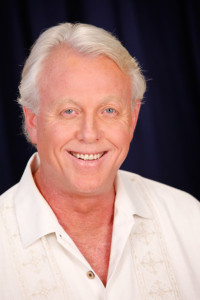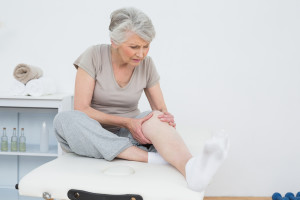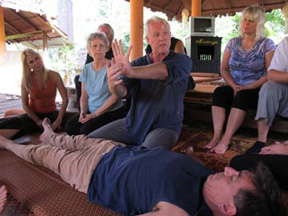Thai Traditional Massage Sen Lines
By Anthony B. James DNM(C), N.D. (T), M.D. (AM), DPHC(h.c.), DOM, RAAP, SMOKH Academic Dean SomaVeda College of Natural Medicine and Thai Yoga Center (SCNM). Buddhai Sawan Institute Gold Sash/ Ajahn.
What are Thai Traditional Massage Sen Lines?
Sen is the Thai word for the line. It is the same concept as Prana Nadi used in Yogic terminology, and the terms are interchangeable. The Sanskrit word Nadi means stream or movement. Sip Sen is considered an energetic pathway of the life-giving breath in the body. The oldest traditional yogic texts are reputed to refer to the existence of 350,000 lines. These lines form the Matrix, Energetic, or Prana Maya Kosha’s body.




